Natural Dye Process
Hiptipico Tz'utujil artisan partners in San Juan la Laguna using only plants native to the area to dye their cotton prior to weaving. This artisanal knowledge has been preserved over time and has been passed down from generation to generation.
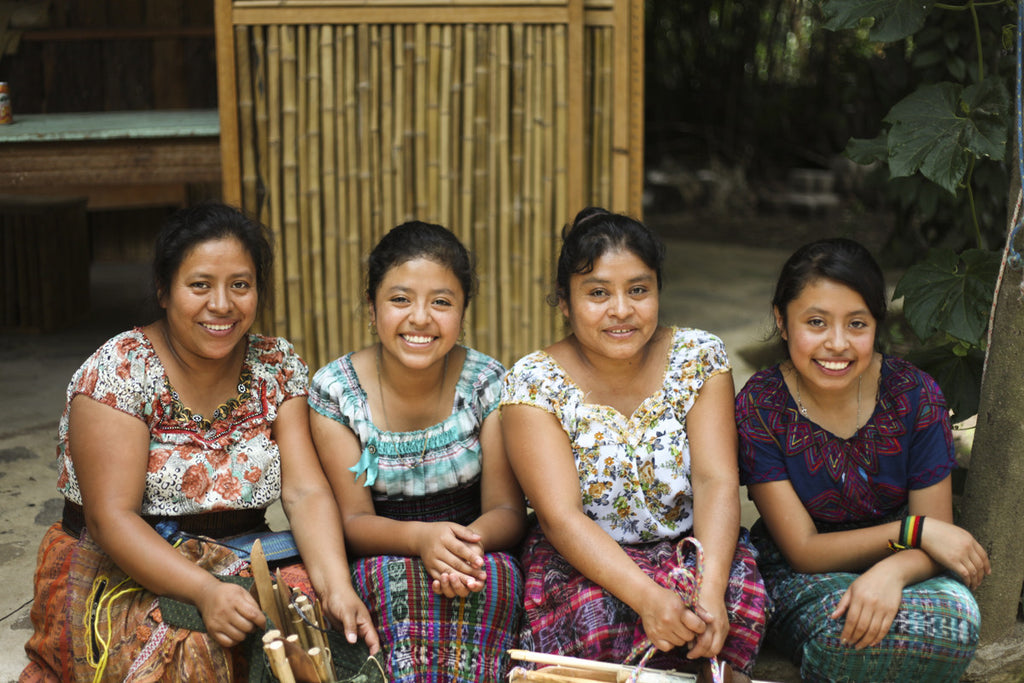
Here is a step by step guide to share with you the lengthy method and craftsmanship that goes into carefully dyeing each fiber.
Foraging + Gathering
Rosa uses local plants, bark, vegetables and fruits such as hibiscus flowers, coconut shells, achiote, and avocado trees.
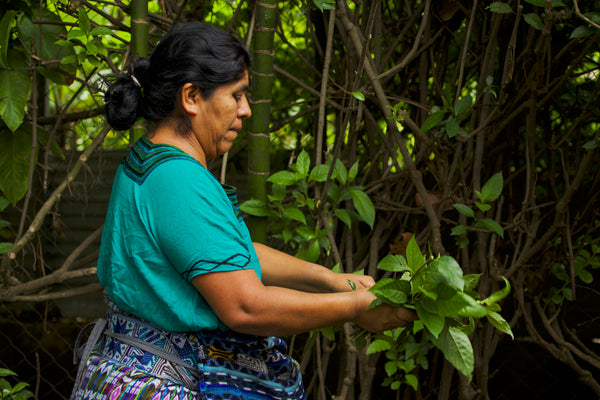

Fibers + Cold Water
Moistening the cotton fibers prior to tinting allows for a more even dye process and clean absorption of color.
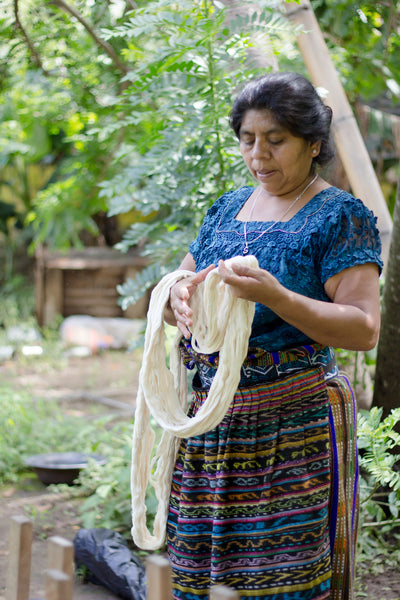

Boiling Water + Plants
The dye-bath is the solution of pigments created by boiling the vegetation in water and used to transfer the dye to the cotton.
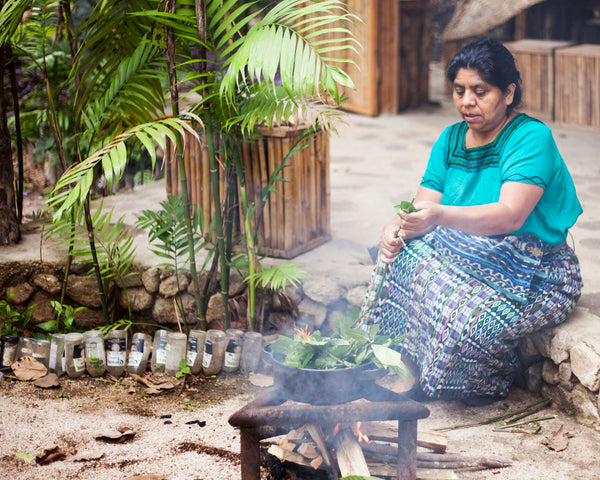
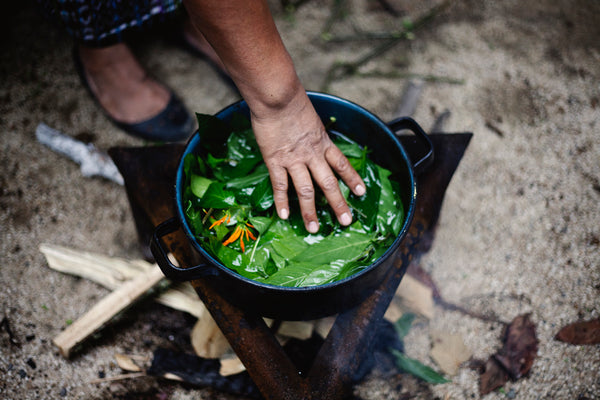
Simmer + Dye
Allow the fibers to simmer in the dye-bath for an extended amount of time (20mins - 2 hours) depending on the desired color.
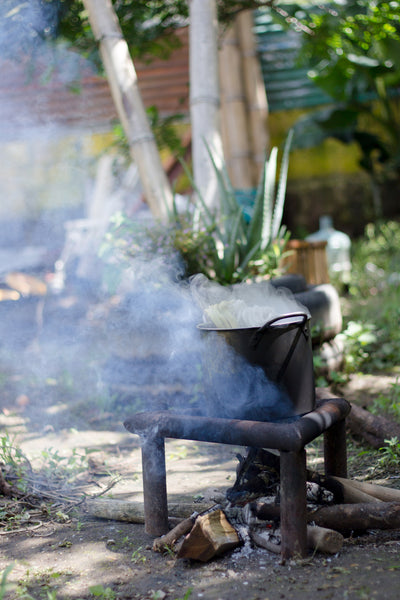
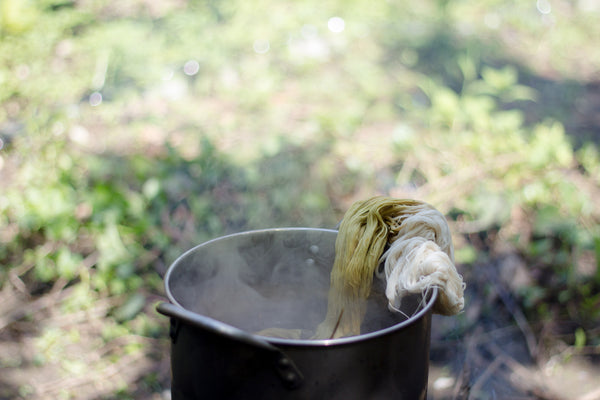
Rinse + Cool
Drain off excess dye, rinse thoroughly and allow to dry to see the final color.
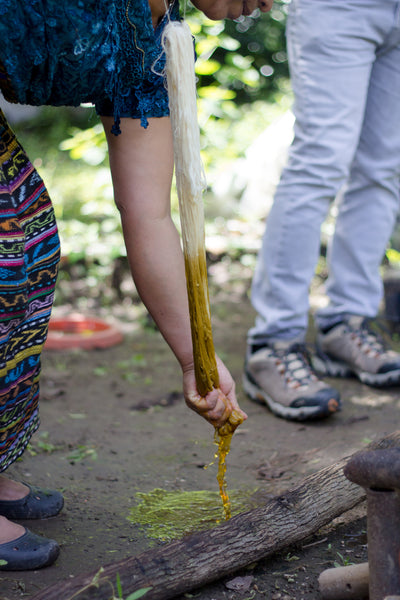
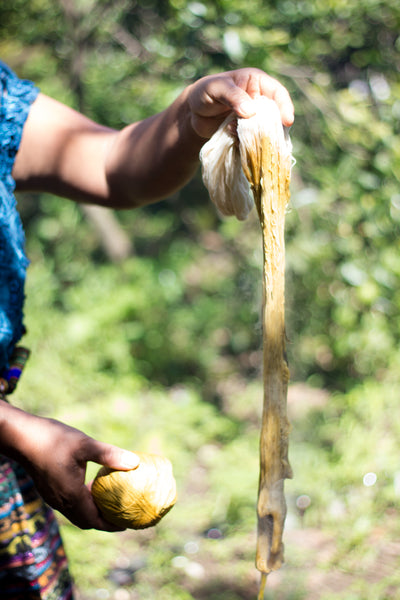
Dry + Use
In Guatemala, our artisan partners immediately begin the weaving process - creating scarves, bags, and ponchos with the dyed fibers.


Travel + Learn
You too can learn directly from our artisan partner Rosa on the ground in Guatemala (sign up here) - or follow this guide at home!

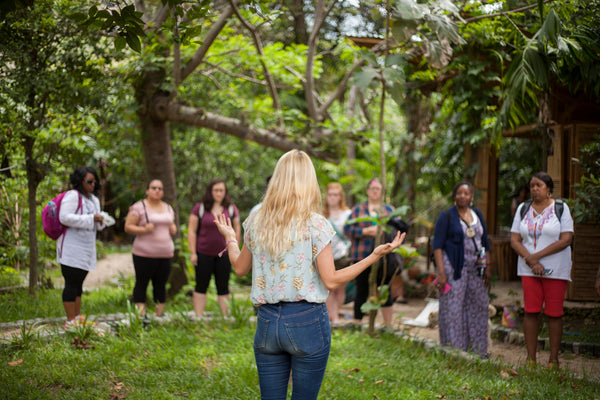
Shop and support the women weavers and female artisans of San Juan la Laguna ⇢here⇠
Contact us directly info@hiptipico.com to book an immersion tour with Rosa to see the natural dye process firsthand and learn to weave your own scarf!
--








